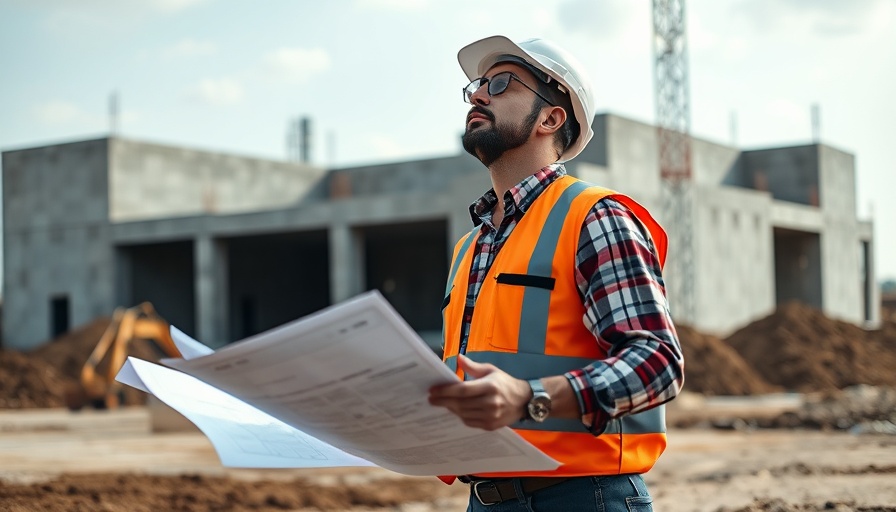
The Evolving Landscape of Earthquake Forecasting
Recent advancements in artificial intelligence (AI) are producing remarkable changes in the field of earthquake forecasting. The technology, which has already transformed various domains such as weather prediction and environmental conservation, is now being embraced by seismologists to refine our understanding of seismic activity. Echoing the efforts of scientists and environmentalists, new hunter technologies aim to enhance detection methodologies and improve early warning systems, ultimately saving lives and protecting communities.
Understanding AI's Role in Earthquake Detection
Utilizing a sophisticated algorithm called QuakeFlow, developed by Stanford University, researchers are able to analyze seismic data more effectively than traditional methods. Margarita Segou, a seismologist with the British Geological Survey, successfully employed this intelligent system during a series of tremors in Santorini, Greece. By identifying small pre-quake signals—often overlooked by conventional techniques—QuakeFlow processed data and flagged 1,500 minor occurrences that preceded a significant event. Thus, AI is not just enhancing accuracy; it is enabling a more profound understanding of seismic behaviors.
Connecting Patterns and Predictive Models
QuakeFlow’s ability to detect and interpret precursors enhances our understanding of the patterns associated with seismic events. These findings reveal a trend where initial vibrations often occur in stepwise patterns, hinting at a more predictable structure to earthquake occurrences. As emphasized by Christopher Johnson from the Los Alamos National Laboratory, AI allows us to uncover tremors that otherwise go unnoticed, significantly advancing hazard assessments and contributing to effective community planning.
The Challenge of Precursors
Historically, predicting the specific time, magnitude, or location of earthquakes remains elusive. Researchers currently rely on historical data and probabilistic models that estimate hazard zones over decades. While AI holds immense potential, as of now, no reliable diagnostic precursor has been identified that could definitively forecast an earthquake. Residents who live near faults have the practical knowledge that they could experience an earthquake in their lifetimes, manifesting the need for ongoing research and vigilance.
Impacts of Earthquakes and Community Resilience
As the recent earthquake in Southeast Asia demonstrates, the societal impacts of seismic events can be severe. Loss of life, damage to infrastructure, and economic challenges underscore the critical need for preparedness. Implementing AI-driven insights into community planning and disaster response can significantly bolster resilience. For environmentally-conscious readers particularly invested in sustainability, leveraging technology for efficient planning can promote eco-friendly practices during recovery efforts.
The Future of Earthquake Forecasting: Opportunities and Challenges
As we advance, adopting AI technologies in our quest to predict seismic activity opens myriad opportunities. Industrial applications of AI not only enhance earthquake monitoring but also stand to impact overall sustainability practices, addressing climate change by minimizing the environmental impact of large-scale disasters. Continued investment in green technology ensures that as we innovate around earthquake forecasting, we use resources responsibly and ethically. The integration of AI into natural disaster management and its alignment with sustainable development goals is an essential paradigm shift for the future.
Embracing a Sustainable Future
As communities grapple with both environmental issues and seismic threats, understanding the intersection of technology and sustainability becomes paramount. AI's role in disaster preparedness should not be understated; by not only predicting potential threats but also enhancing community resilience practices, we can cultivate a safer, eco-friendly future. As readers keen on eco-friendly living and sustainable practices, we encourage proactive engagement in discussions about how we can harness technology responsibly to mitigate risks.
In a world where technology continually evolves, it’s crucial to remain informed and involved to contribute to a sustainable development framework that benefits not just our communities, but the planet as a whole. Let’s embrace AI as part of our toolkit in creating a resilient future.
 Add Row
Add Row  Add
Add 



Write A Comment